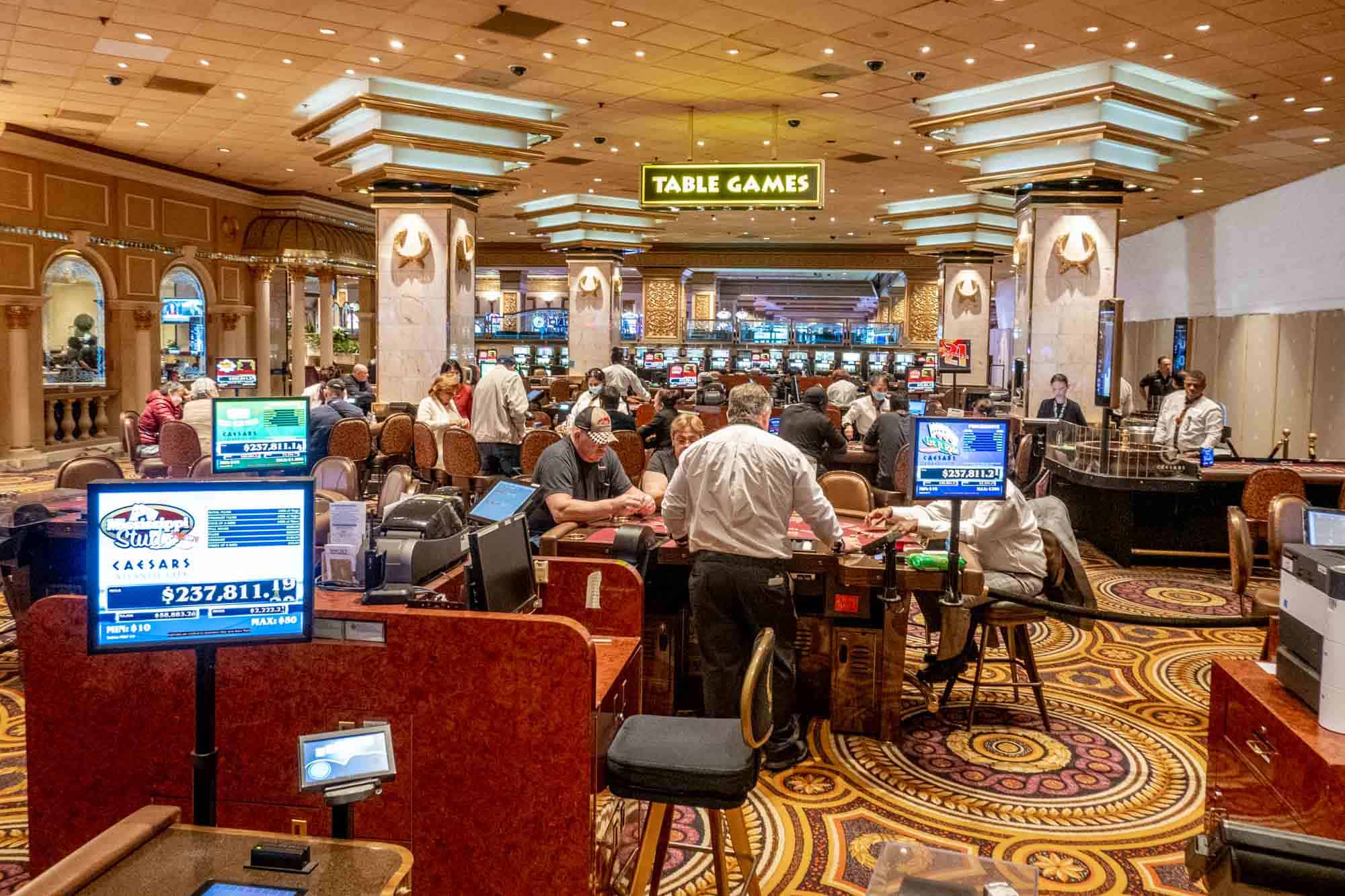
In the dynamic and exciting world of casinos, wherein luck and tactics intertwine, hues and aesthetic play a pivotal role in drawing in gamblers. As soon as players step into a casino or access a gaming website, they are enveloped in a visual feast that grabs their attention and lures them to discover further. Bright colors, engaging graphics, and innovative layouts are carefully crafted to create an environment of thrill and anticipation, ultimately enhancing the gaming experience.
While gamblers navigate through the dynamic landscape of casino games, they encounter a range of designs that not only serve aesthetic purposes but also influence feelings and choices. Colors like red and gold symbolize wealth and luck, while calm navy and greens can create a more tranquil environment. Understanding how these elements function together enables casinos to create an inviting and stimulating atmosphere that encourages players to interact with the games, invest additional time at the tables, and boost their overall enjoyment.
The Psychology of Hue in Gambling Games
Hue plays a critical role in the creation of casino games, affecting players’ emotional states and actions. Bright and vibrant colors, such as red and yellow, are often used to incite enthusiasm and attract attention. These hues create a feeling pressure and energy, encouraging participants to involve themselves more readily with the game. By intentionally selecting tints, creators aim to inspire emotions of satisfaction and expectation, which can enhance the complete gaming experience.
Distinct colors also have psychological connotations that can influence how players perceive their chances of victory. For instance, emerald is often associated with good fortune and abundance, making it a frequent choice in games like the roulette wheel and poker setups. This association can cause gamblers to feel more hopeful and assured in their play, ultimately motivating them to wager more. Understanding these links allows game creators to craft environments that enhance player happiness and loyalty.
Moreover, the design of gaming interfaces often utilizes gradients and differing shades to direct player actions. For case, winning results may be highlighted with vivid, differing shades, creating a visual incentive. This method supports favorable outcomes and promotes repeated engagement. By exploiting the science of color, gambling establishments can develop activities that not only attract players but also keep them engaged and committed in their game experience.
Creative Elements that Engage Players
The aesthetic appeal of gambling games is largely influenced by the use of bold colors. Bright and contrasting colors are strategically chosen to create an appealing atmosphere that captures attention. For example, reds and golden hues often signify good fortune and prosperity, which is why they are prevalent in the palettes of slot machines and table surfaces. These colors not only attract players in, but they also evoke emotions related to thrill and expectation, enhancing the overall gaming experience.
In addition to color, the design and layout of gambling games play a crucial role in captivating players. Games are designed to be user-friendly, ensuring that players can easily understand the guidelines and gameplay. Accessible interfaces, along with captivating graphics and motion, help maintain player interest and promote extended play sessions. The physical elements, such as the texture of the buttons and the sounds of the games, also add to a comprehensive sensory experience that keeps players engaged.
In conclusion, conceptual elements in gaming design can significantly influence gaming decisions. Many gambling games are inspired by media, fairy tales, or exploration motifs, incorporating symbols and characters that resonate with players. These themes create a sense of engagement and connection, making each game feel distinct. When players feel a connection to the concept, they are more likely to opt for that game over others, leading to increased participation and enthusiasm within the gambling environment.
Case Studies: Notable Gambling Slot Designs
One noteworthy example of successful casino game design is the acclaimed slot machine series themed around blockbuster movies. Games such as those based on the Wizard of Oz and Game of Thrones utilize bright colors and superior graphics to engage players in familiar narratives. The employment of lively visuals and captivating sound effects captures the interest of players, creating an psychological connection to the theme. This tactic not just promotes longer play but also boosts the overall gaming experience, resulting in increased player retention.
Another effective case is the use of color in table games like blackjack and roulette. Casinos often design these games with rich reds and greens, colors traditionally linked with luck and wealth. For instance, the green felt on a 21 table provides a soothing effect, while the red accents in roulette invite thrill. This intentional use of color helps to create an inviting atmosphere that stimulates players to join in, addressing their psychological impulses and enhancing their enjoyment.
Finally, social casino games that feature social features and lively, lively designs have achieved remarkable success in engaging players. Games like Zynga Poker and Slotomania leverage striking colors and playful animations to create an inviting online environment. The addition of leaderboards, social sharing options, and in-app rewards encourages competition and community, drawing players in for longer sessions. nhà cái uy tín Such designs merely make the games visually enticing but also emphasize social connectivity, a key factor in player retention and engagement within digital casino environments.
